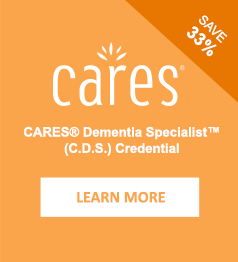- Products
PRODUCTS FOR ...
TESTIMONIALS & AWARDS
SPECIALTY PRODUCTS
STAFF PROMOTION AND RECOGNITION
- Pricing
- Resources
CARES Online Training
CARES Online Training - Downloads and Materials
CARES Dementia Certification
CARES C.D.S. Credentialing
- About
- Contact Us
- Products
PRODUCTS FOR ...
TESTIMONIALS & AWARDS
SPECIALTY PRODUCTS
STAFF PROMOTION AND RECOGNITION
- Pricing
- Resources
CARES Online Training
CARES Online Training - Downloads and Materials
CARES Dementia Certification
CARES C.D.S. Credentialing
- About
- Contact Us
- Products
PRODUCTS FOR ...
TESTIMONIALS & AWARDS
SPECIALTY PRODUCTS
STAFF PROMOTION AND RECOGNITION
- Pricing
- Resources
CARES Online Training
CARES Online Training - Downloads and Materials
CARES Dementia Certification
CARES C.D.S. Credentialing
- About
- Contact Us
- Products
PRODUCTS FOR ...
TESTIMONIALS & AWARDS
SPECIALTY PRODUCTS
STAFF PROMOTION AND RECOGNITION
- Pricing
- Resources
CARES Online Training
CARES Online Training - Downloads and Materials
CARES Dementia Certification
CARES C.D.S. Credentialing
- About
- Contact Us


